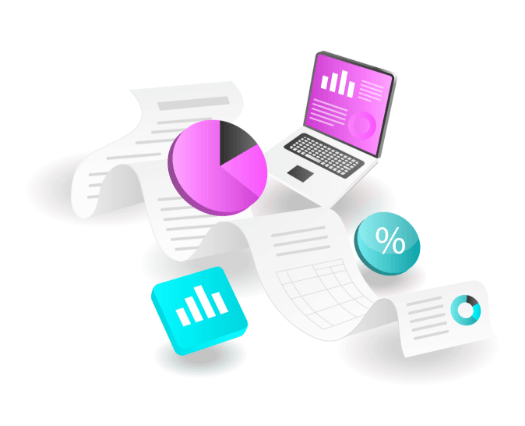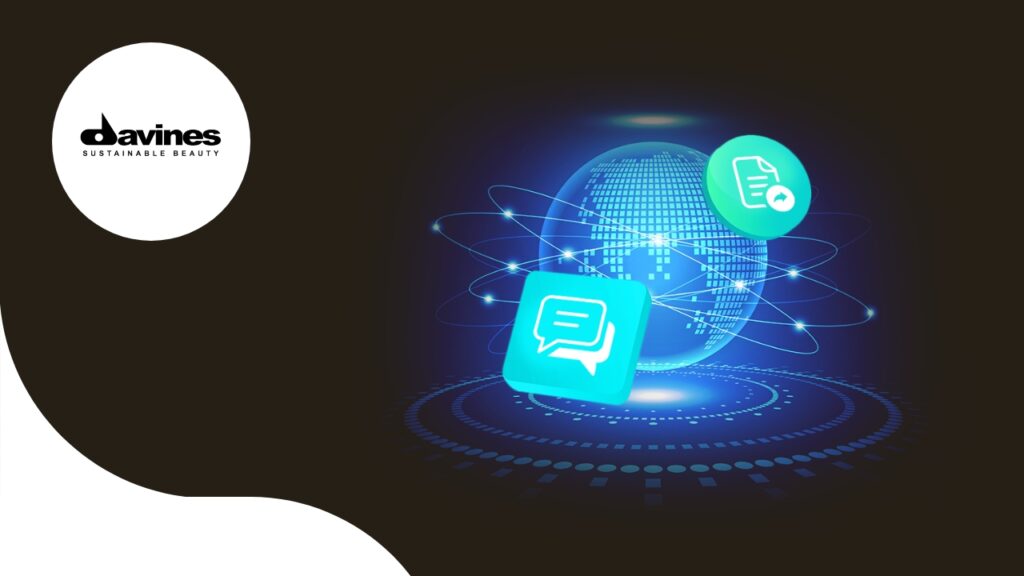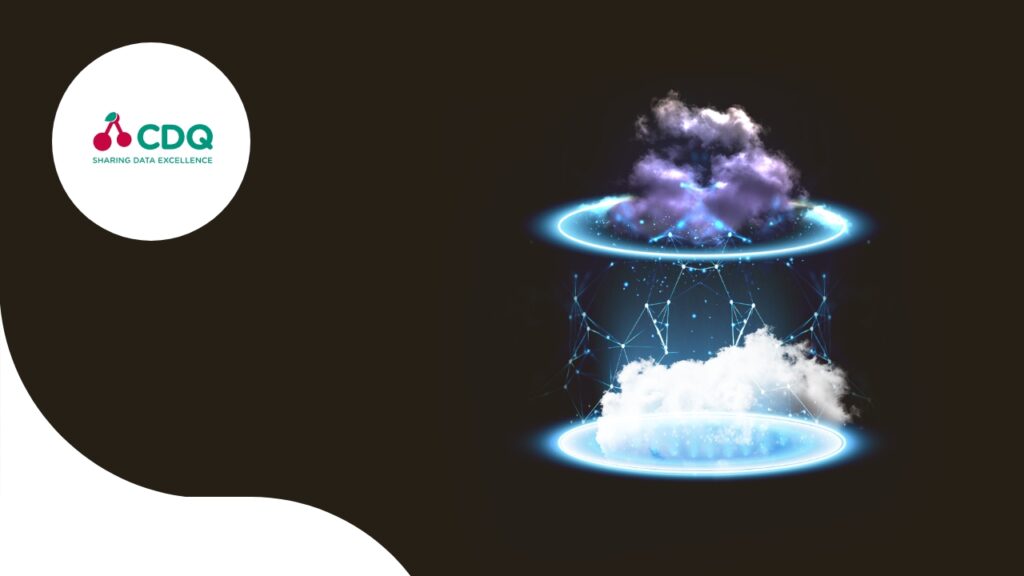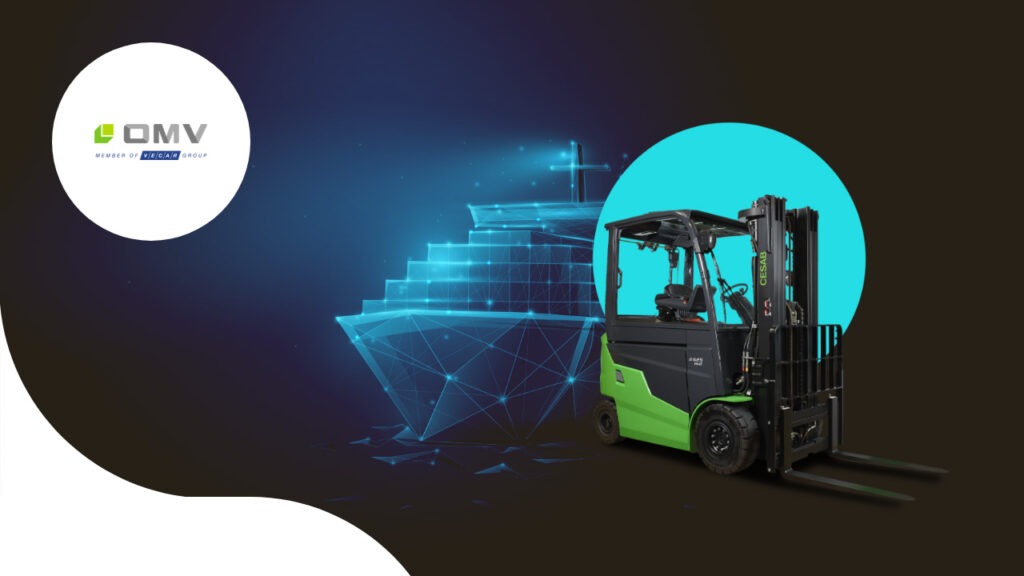ROZMOWY O CYBERBEZPIECZEŃSTWIE
Endpointy pod kontrolą
Skuteczna ochrona urządzeń końcowych.
Endpointy pod kontrolą
Skuteczna ochrona urządzeń końcowych.
By using the Cloud Adoption Framework (CAF) guidelines we provide
our customers with a structured and scalable approach to adopting cloud services, enabling them to optimize usage and costs, improve security and compliance, and accelerate digital transformation.

LeaseLink is a leading fintech leasing company that provides B2B leasing services through its online application and optimized procedures, allowing customers to complete the entire leasing process without any paperwork or unnecessary formalities.
LeaseLink approached our IT services to manage their expanding IT environment. To handle their rapid expansion, we recommended a step-by-step solution inspired by Cloud Adoption Framework (CAF), which provides guidelines, best practices, and tools to help plan, implement, and manage cloud adoption journeys. By following CAF, organizations can adopt cloud services in a structured, consistent, and scalable way, building strong IT infrastructure on Microsoft Azure while optimizing usage and costs, improving security and compliance, and accelerating digital transformation.
When working with a customer to adopt cloud technology, it is important for us to agree and follow a structured framework that ensures a successful transition. The first step in the cloud adoption process is to assess the customer’s current infrastructure, applications, and workloads to determine the most suitable cloud environment for their needs. This assessment also allows us to identify any potential security and compliance risks that need to be addressed.
Once the assessment is complete, the next step is to plan the migration process. This includes selecting the appropriate cloud services, defining the migration strategy, and creating a detailed project plan with timelines, milestones, and deliverables. It is important to involve all stakeholders in this process to ensure their needs and expectations are met.
This stage involves the migration of applications and data to the cloud environment, testing and validating the migrated workloads, and implementing any necessary changes. Throughout the migration, constant communication with the customer is maintained when we provide regular updates on progress and any issues encountered.
Once the migration is complete, the final step is to optimize and manage the cloud environment. This includes monitoring performance, identifying areas for improvement, and implementing changes to ensure the cloud environment meets the customer’s needs. Ongoing support and maintenance are also provided to ensure the customer’s continued success with cloud technology.
Define your strategy and business objectives to determine your cloud adoption journey’s direction.
Create a plan to achieve your goals and ensure a successful migration to the cloud.
Ensure your environment is ready to take off with the right infrastructure, tools, and resources.
Migrate to the cloud and take advantage of new possibilities to innovate and transform your business.
Govern your environment by establishing policies and procedures to ensure compliance, security, and efficiency, and by continuously evaluating and improving your cloud adoption journey.
Manage your cloud environment by monitoring its performance, managing resources, and responding to any issues promptly.
To start, we worked with the customer to understand our customer’s business objectives and approach to IT Structures development. This allowed us to plan a proper step-by-step process.
Then we built an identity foundation and online engine using Azure Active Directory and Hybrid Active Directory for data access standardization. We transferred data to SharePoint in Office 365 and developed access control matrixes to regulate access. We also migrated email services from Google to Exchange Online, added Teams and OneDrive to the Microsoft 365 platform, and implemented a management system to assign temporary administrative access to specific services. This helped LeaseLink handle the growing number of users requiring access while enhancing security and permission management.
Next, we created a clear direction for IT systems, streamlined Azure tenant licensing, implemented endpoint management tools using Microsoft Intune, and enhanced security measures with automatic encryption, management of application versions, and system protection of accounts and user profiles through appropriate Security policies.
We then implemented an Integrated Infrastructure Monitoring System with Zabbix and Azure, which enabled the team to monitor infrastructure across multiple locations and services, including public cloud, network, and local data centers. Finally, we implemented Microsoft Defender and Azure Sentinel for enhanced security measures, including campaigns and training sessions to educate users on how to react to potential security threats.
To reduce costs on Azure subscriptions, we developed a migration plan to move all subscriptions to a more cost-effective and flexible model called CSP. The migration plan helped determine which resources could be shifted and which ones needed to be rebuilt, streamlining the subscription management structure and implementing appropriate systems to control and predict the cost.
In conclusion, by implementing rules inspired by Cloud Adoption Framework, we helped LeaseLink establish a robust IT infrastructure that could accommodate its growth, standardize data storage and access, enhance security measures, and streamline costs. The project also provided a clear path forward for LeaseLink’s IT systems.
Cloudica provided a structured cloud transition journey that enabled us to adopt cloud services in a consistent, scalable, and secure manner. The step-by-step process enabled us to assess our current infrastructure, applications, and workloads and optimize the cloud environment to our specific needs. I highly recommend Cloudica’s IT services to any company looking to navigate a rapid IT expansion or transition to the cloud. Their expertise ensures a successful outcome.
Bartosz Bernacki, Leaselink CIO
Ready to meet the only technology partner you'll ever need?
Case Study
More time for achieving business goals through efficientcorporate communication.

Case Study
Tenant-to-Tenant Migration for CDQ: Empowering Business Growth in the Cloud

Case Study
Comprehensive Infrastructure and Security Assessment for Efficient Business Operations and Expansion


Once the above questions have been answered, a disaster recovery and backup readiness index can be calculated based on the following scale:
The disaster recovery and backup readiness index can be calculated by assigning a score of 1-5 to each question based on the level of readiness demonstrated. The scores are then averaged across all questions in each category to determine the readiness level for that category. The overall disaster recovery and backup readiness index is calculated by averaging the readiness levels across all categories.
Level 1: Basic
You have minimal cybersecurity processes in place and face a high risk of cyberattacks. Immediate attention and significant improvements are necessary to enhance your security posture.
Level 2: Developing
You have some cybersecurity processes in place but require substantial improvements to reach a mature state. You should focus on strengthening your policies, procedures, and security controls.
Level 3: Mature
You have a solid cybersecurity posture, but there is still room for improvement. You should continue enhancing your processes, monitoring capabilities, and incident response practices.
Level 4: Advanced
You have a strong cybersecurity posture and are well-prepared to address potential threats. However, you should remain proactive and stay abreast of emerging threats and technologies to maintain your advanced level of security.
Level 5: Leading
You have a comprehensive and mature approach to cybersecurity. You are a leader in cybersecurity best practices and continually innovate to stay ahead of evolving threats.
Link do webinaru otrzymają Państwo mailowo dzień przed spotkaniem.
To download our e-book „The best way to Outsource IT Staff” click button below